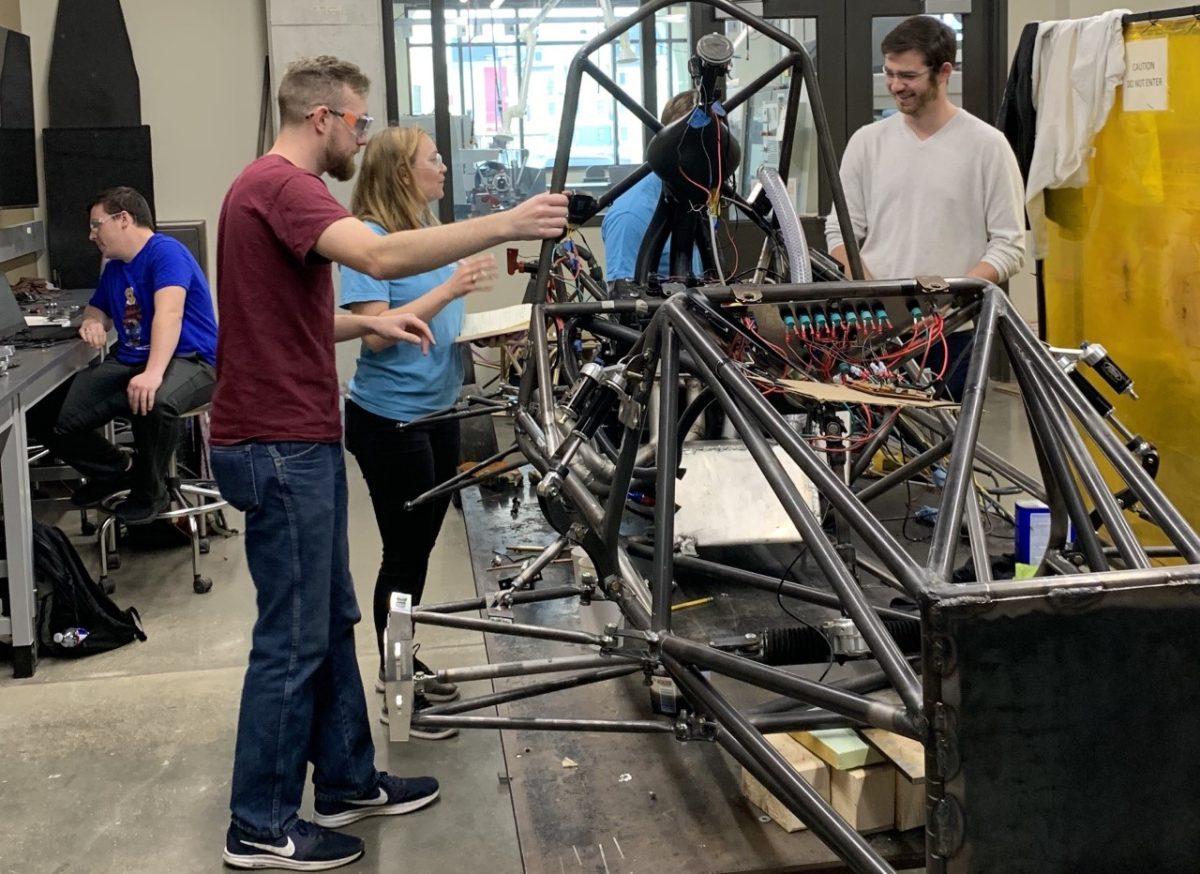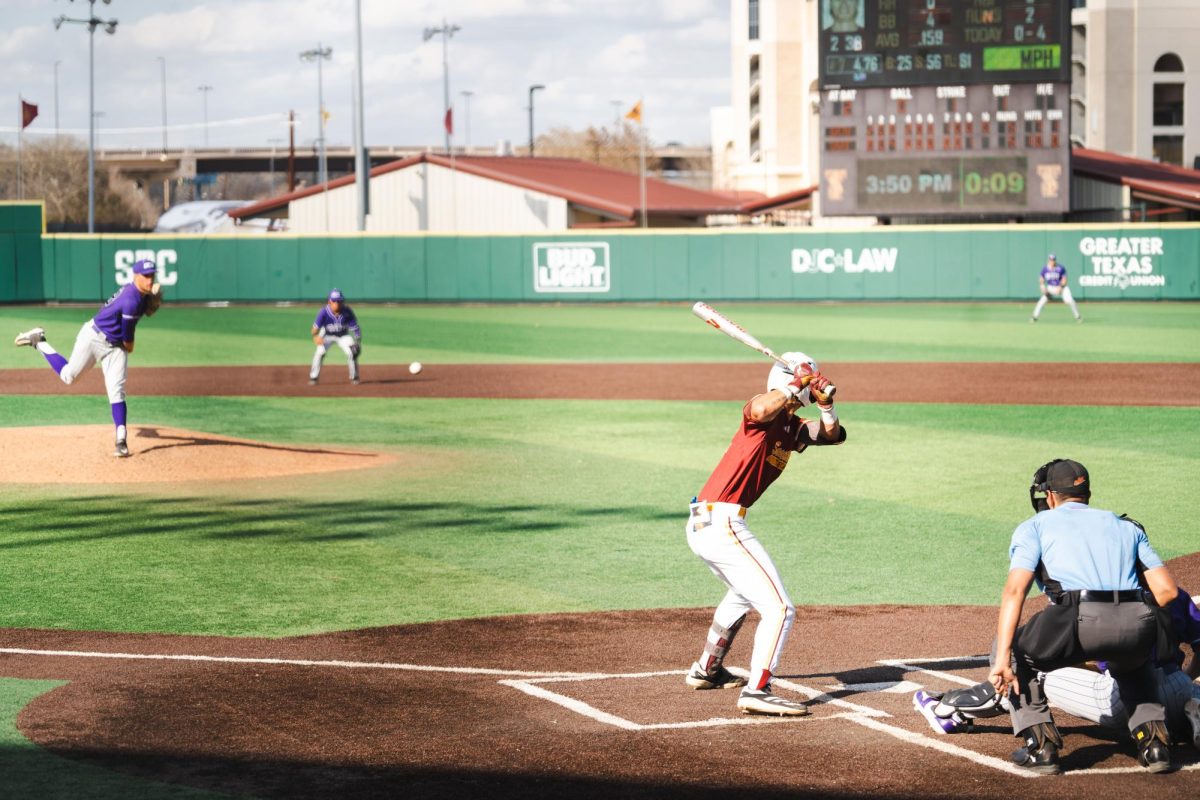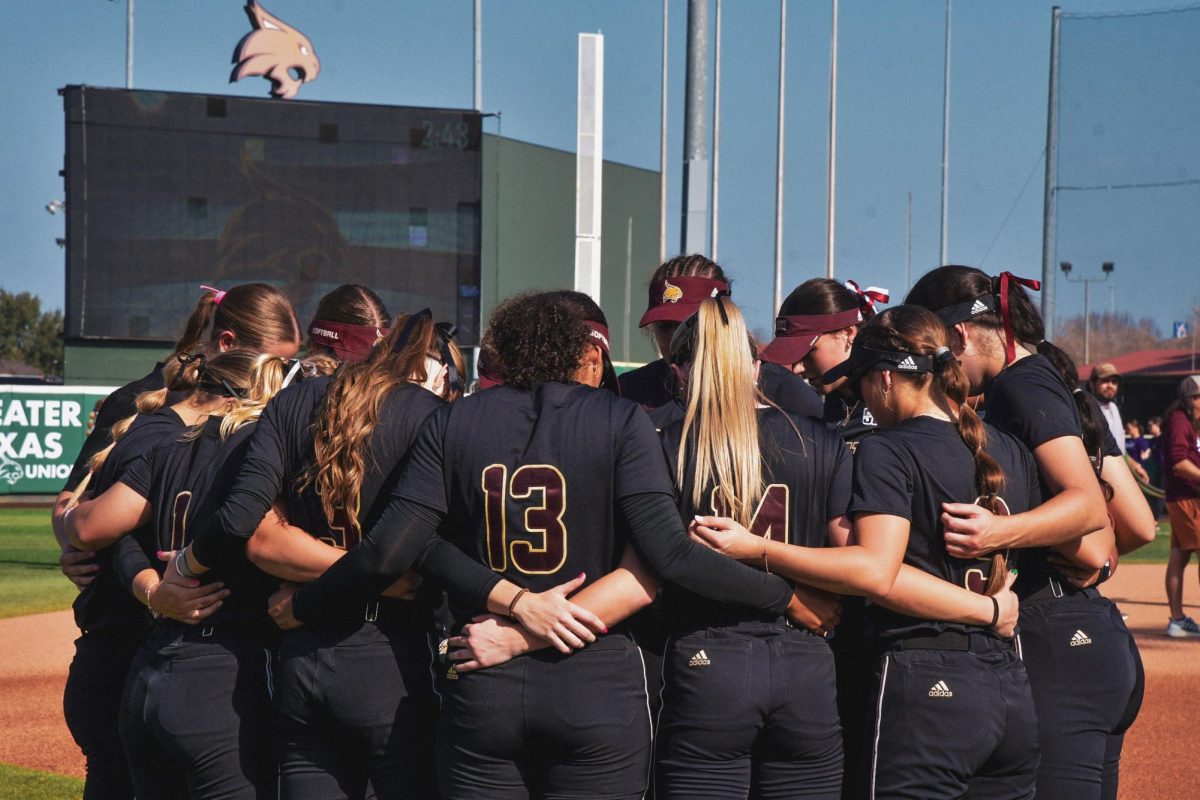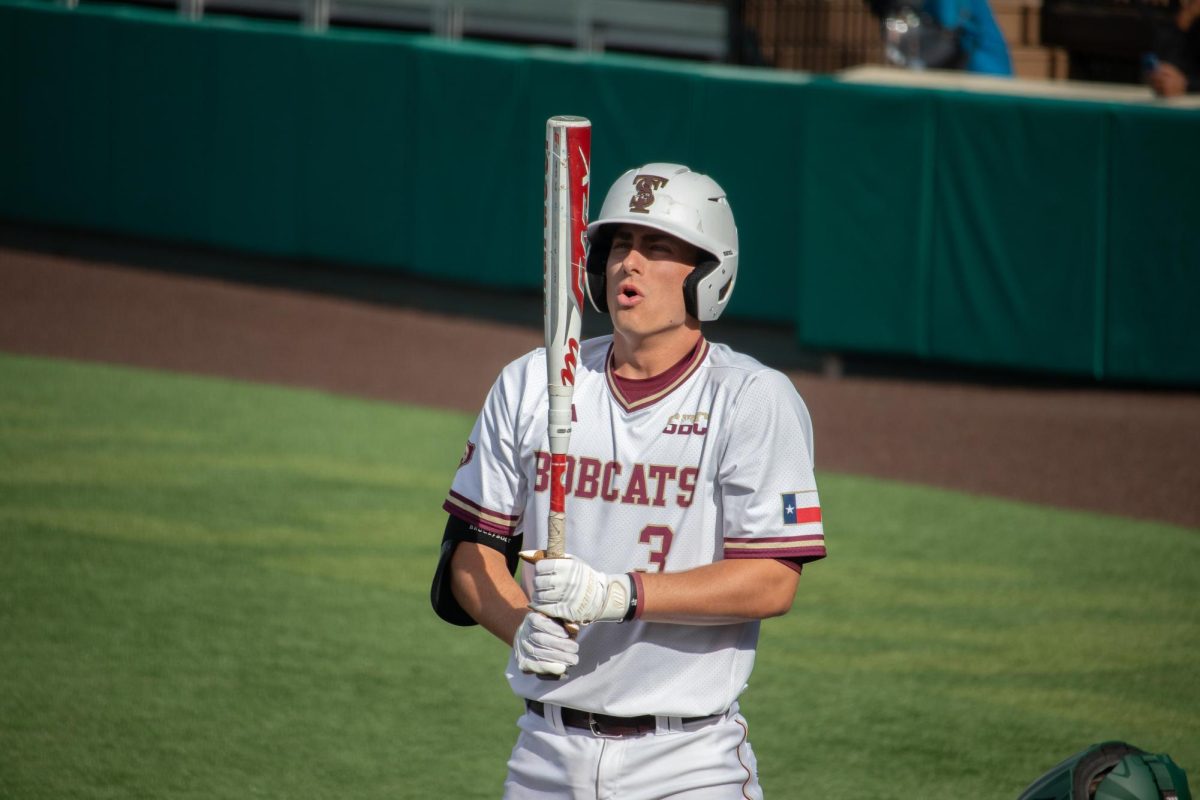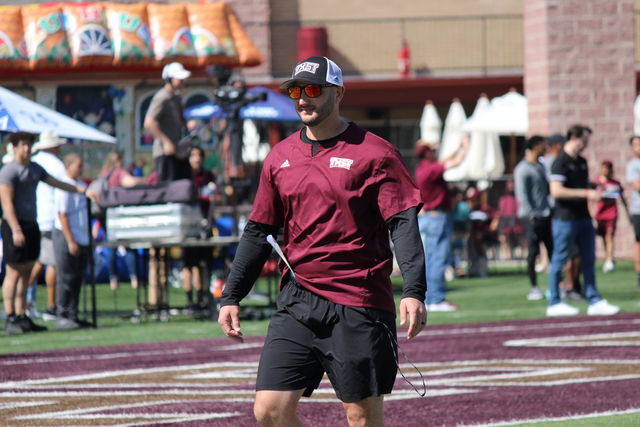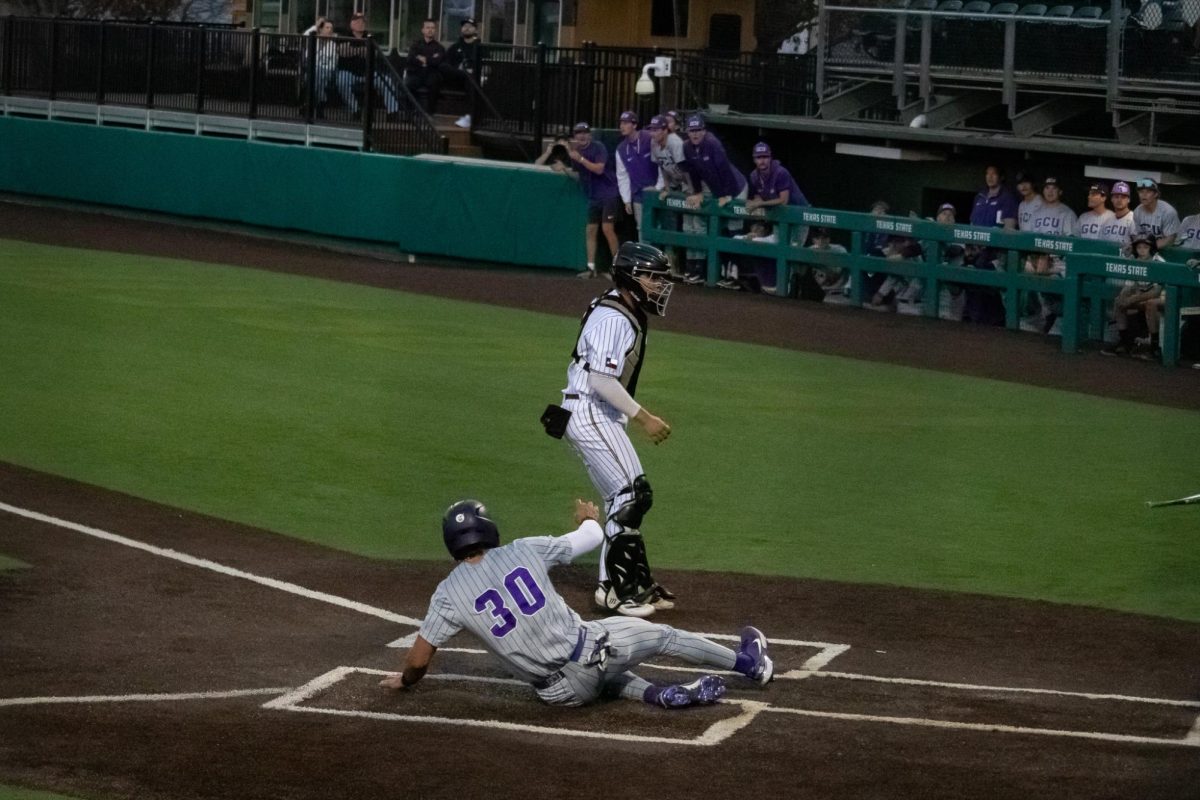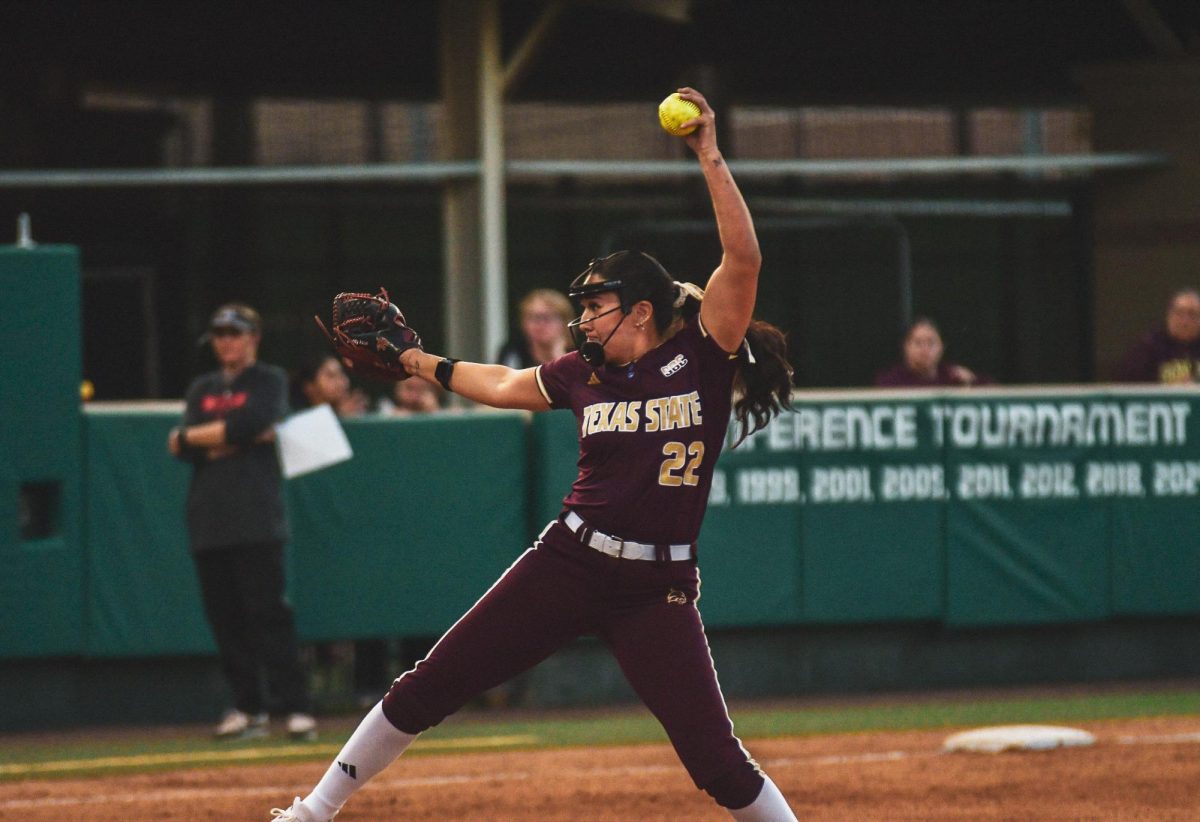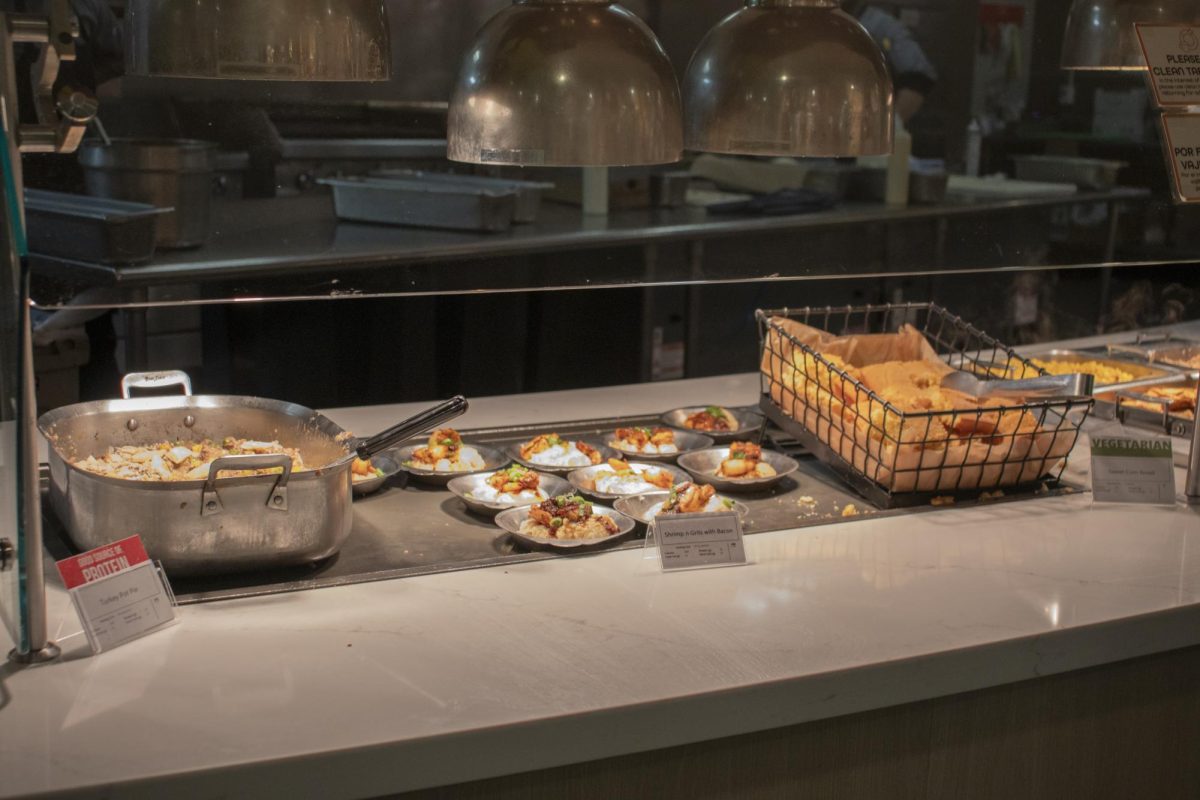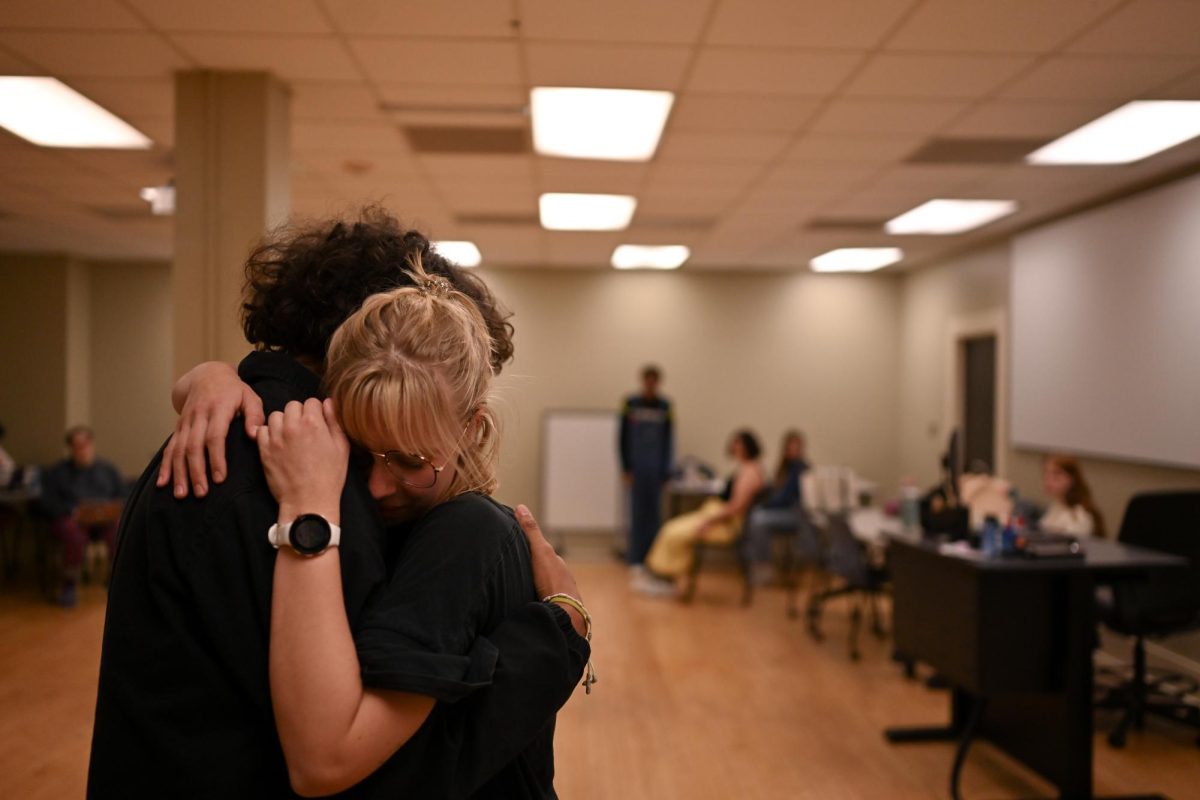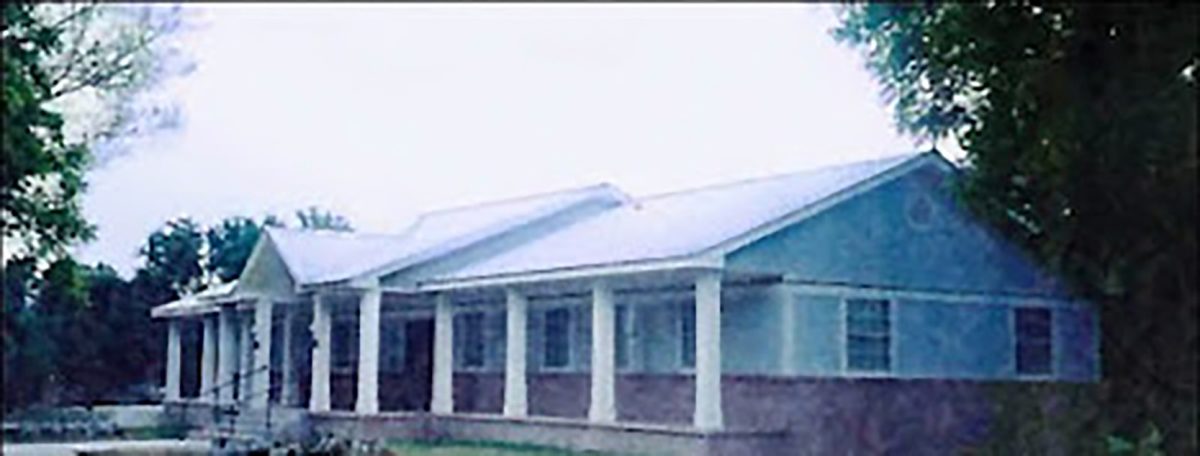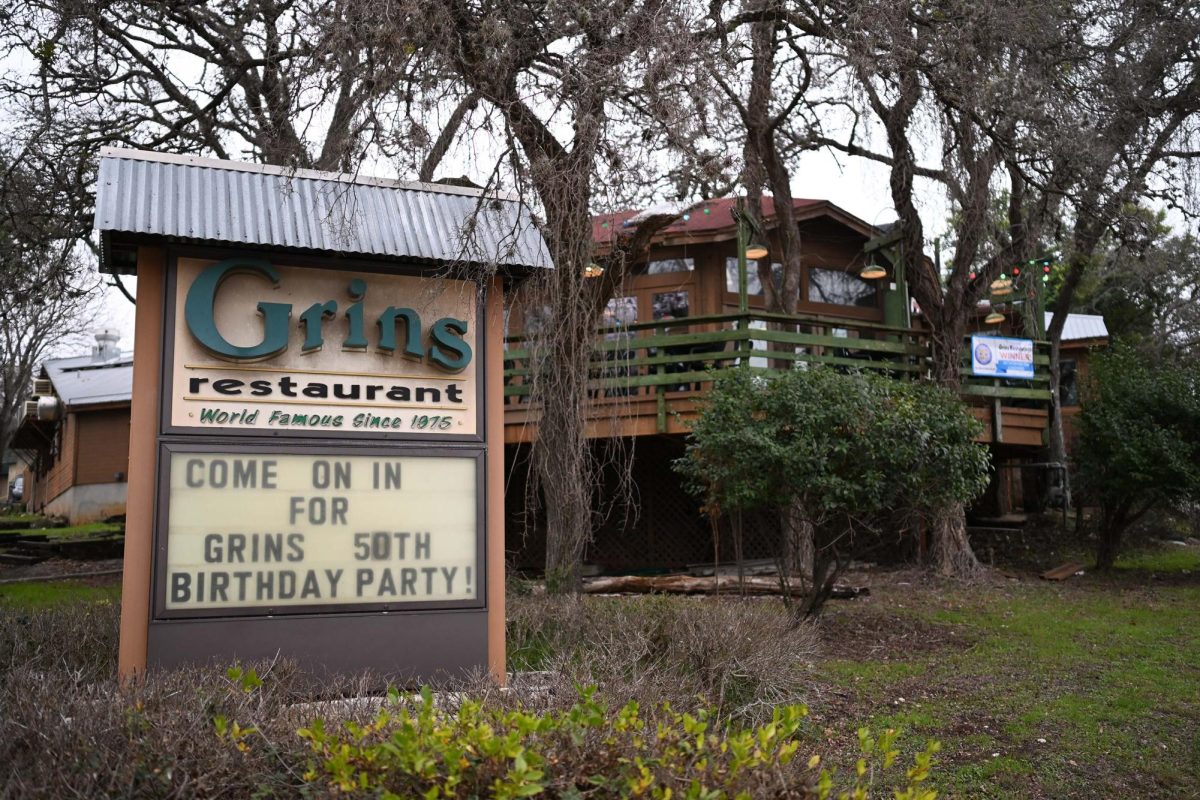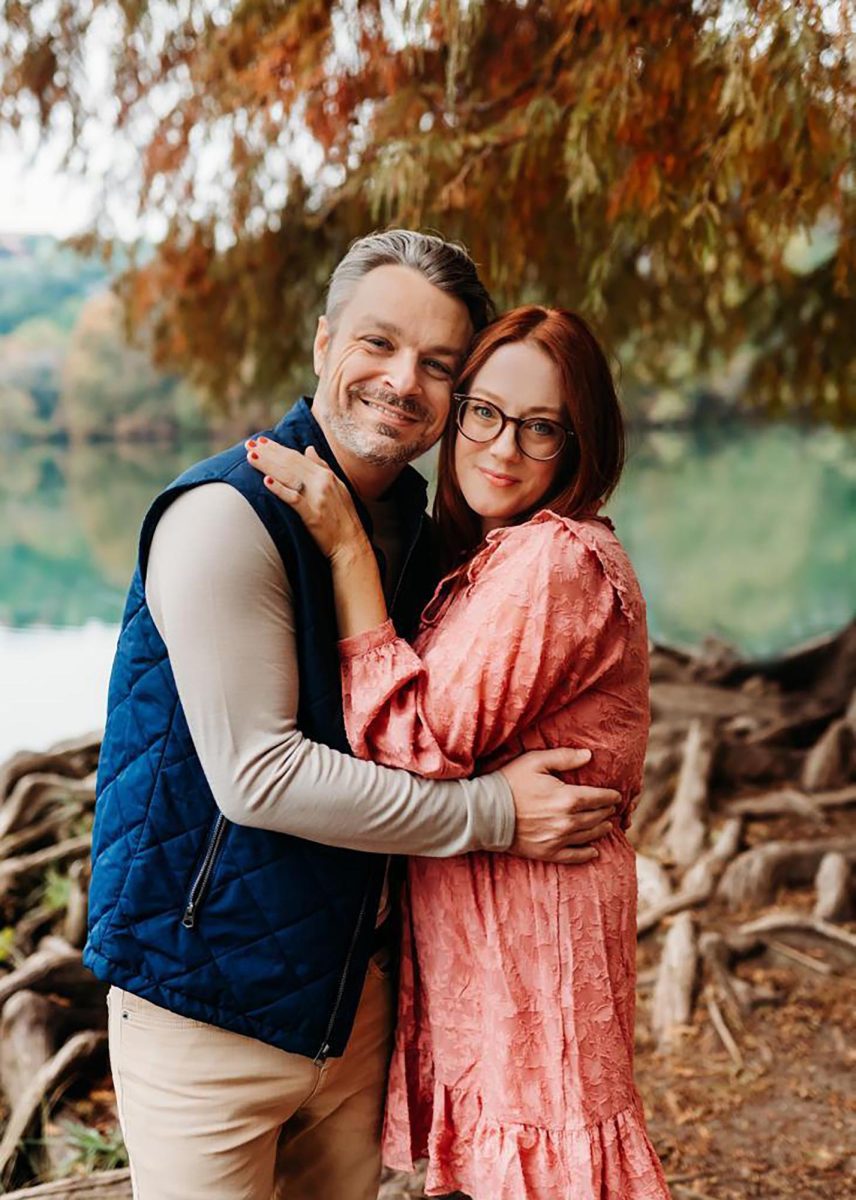Tucked away in a room in Ingram Hall sits the BR20, otherwise known as the UnderCat, a skeleton of metal tubing and wiring now but on the fast track to becoming a fully-fledged racing vehicle.
The UnderCat is being designed and built from scratch by a team of Texas State students known as Bobcat Racing. Bobcat Racing is creating their own formula car to compete in Formula SAE, a collegiate engineering competition organized by the Society of Automotive Engineers that takes place nationally and internationally.
The Formula SAE competition is less about how fast the car is and more about building the car itself vice president of Bobcat Racing John Ivey said. Car design plays the biggest role in the competition, especially being smart with the limited money the team has for parts.
“There’s a lot of strategy in the business side of things like how much funds you raised yourself and how efficient you are with those funds,” Ivey said.
The competition is based on a 1,000-point scoring system. Around 600 of those points are awarded based on how well the car performs dynamically. This includes measuring how fast the car accelerates, how well it handles sliding sideways, its performance around the race track, fuel economy and overall endurance. The remaining 400 points are for statics, which include car design, cost to build, analysis of manufacturing and presentation.
All parts for the formula car are either designed or selected by the team. Some parts, like wheels and tires, do not make sense to manufacture at the makerspace.
President of Bobcat Racing and lead engineer Kyle Oldham said in previous years, certain parts were beyond the team’s manufacturing capabilities and had to be outsourced. That is until the team started working in the makerspace.
“For the most part, we design and build everything here,” Oldham said. “Things are different this year with the makerspace. We can pretty much build anything we design.”
In the Ingram Hall makerspace, Bobcat Racing is equipped with the resources they need to design and fabricate nearly all their own parts, such as soldering stations, laser cutters, metal and plastic mills and tools for welding and shaping sheet metal.
The chassis (the base frame of the car) of the UnderCat is one of the many pieces of the UnderCat designed and fabricated in the makerspace said Bobcat Racing treasurer Stephanie Hotchkiss.
“The whole chassis we got done by a company called VR3 in Canada,” Hotchkiss said. “They sponsor most SAE teams, so they will supply the tubing according to our dimensions. Then, we weld it in-house. All of the welding was done by our team.”
Bobcat Racing engine and electrical lead Grant Seligman said SAE cars are typically made with motorcycle engines because they are small and lightweight. This year’s car has an edge over the competition due to some tweaks in the tuning of the engine.
“It’s a triumph, three-cylinder engine,” Seligman said. “We chose it because it has a little more torque off-the-line and more power. It’s a little more detailed and finicky and takes more time to engineer and tune the engine, but we like the challenge. We want to prove Texas State Bobcats can do it.”
This year the team hopes to complete the entire competition. In 2017, the car arrived at the racetrack in Michigan without the wheels, forcing them to make do with the parts they could muster. Despite this, the team still competed in the static events and learned a lot in the process.
“Less than 40% of cars actually finish the competition,” Ivey said. “If we can make that 40% that’s a huge break. That’s big. But we are also hoping to bring back some sort of award.”
This year Formula SAE will be held in Fontana, California at the Auto Speedway Club June 17-20. This leaves Bobcat Racing less than 130 days to complete the UnderCat. However, Bobcat Racing plans on having the car ready ahead of schedule.
The reveal ceremony for the UnderCat will be May 29 in the Ingram makerspace, open to the public.
Bobcat Racing is made up of over 160 contributing student members and a core group of 15 students. Some of the core group members are seasoned in Formula SAE competition, like Ivey, who started the program at Texas State in 2016.
The Bobcat Racing team is still currently looking for members and people interested in becoming officers and encourages students to stop by the Ingram Hall makerspace.
“Bringing in students from all different backgrounds is important to this team and the university,” Seligman said. “With a race car, a lot of people are intimidated because they haven’t worked on cars or they aren’t an engineering student, but it’s not just about engineering. It’s about building something from the ground up and making it happen.”
For more information visit Bobcat Racing’s website, https://bobcatracing.wp.txstate.edu/.
Categories:
Texas State racing team gets in gear for California competition
February 11, 2020
(from left to right) Greg Seligman, Stefanie Hotchkiss and Kyle Oldham work on the chassis of the car.
0
Donate to The University Star
Your donation will support the student journalists of Texas State University. Your contribution will allow us to purchase equipment and cover our annual website hosting costs.
More to Discover


